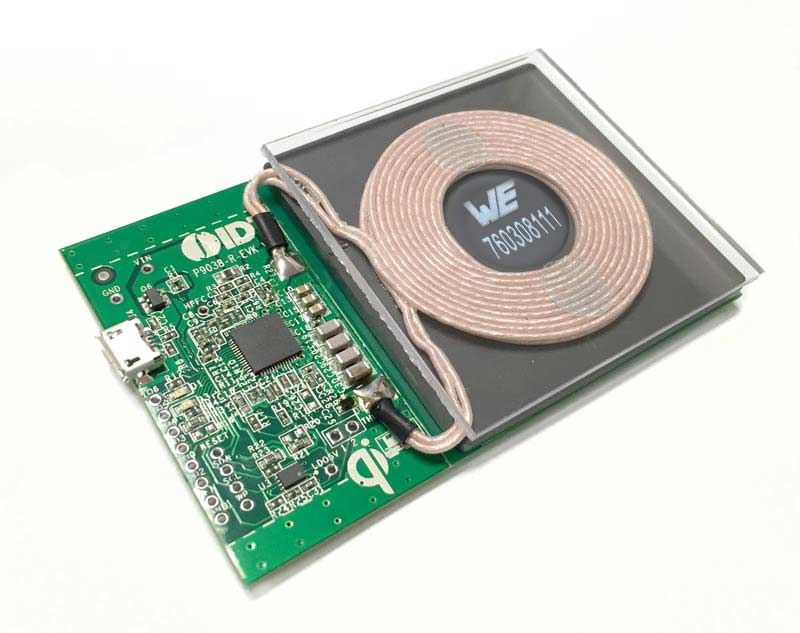Moving to the mass market
Wireless charging is still predominantly the domain of the high volume mobile handset manufacturer, but IDT is hoping to change that with a simpler solution, as Philip Ling reports.
While the cellular infrastructure market is still the ‘killer app’ for wireless charging, many of the companies operating in this sector, including IDT, believe the technology could migrate to the mass market, if the right products are made available. IDT’s Director of Product Marketing, Laurence McGarry explained that its latest solutions will enable the company to offer wireless charging without the need for extensive support, as has been the case with the larger Tier 1 companies in the mobile space.
“We’ve established a presence with the large Tier 1 companies, especially in the cellular infrastructure market, what we’re doing here is using tried and tested products but putting them in a format that allows the easy migration to the mass market,” McGarry explained.
The new 5W, 5V Qi-compliant wireless receiver and transmitter kits demonstrate how easy it can be — potentially — to add this newest of energy options to anything. Just what that ‘anything’ may be is still questionable and will, undoubtedly, be answered over the coming months by innovative ‘makers’ looking to use wireless power transfer as a differentiator for what might otherwise be a fairly mundane product. Furniture has, for example, been identified as ripe for development, by implementing wireless charging. Audio equipment such as speakers could also be a likely recipient for wireless energy transfer.

Easy access
The purpose of the kits is to make it easier to get up and running with the technology, but inside they employ two key devices from IDT; the P9038 Wireless Power Transmitter and the P9024AC Wireless Power Receiver. Both are compliant with the WPC 1.1.2 specification, which implements foreign object detection.
The principal of operation is that power is transmitted magnetically, between transmitting and receiving coils; the amount of power transmitted is actually controlled by the receiver, using messages sent to the transmitter to either increase, decrease or maintain the amount of power being transmitted. The information is exchanged by the receiver modulating the amount of load on the receiver coil. For optimum performance, IDT recommends its customers cut and paste the layout used in the evaluation kits.
The receiver integrates a full-wave rectifier, connected to external inductors and capacitors, to rectify and store the energy transferred; until the stored voltage reaches a threshold the rectification is performed by the body diodes of the synchronous full bridge rectifier FETs but after the internal biasing circuit is enabled the driver and control block operates the MOSFET switches in the rectifier synchronously with the applied AC signal, for increased efficiency.
IDT’s expectation is that customers would use the demonstration kits for their first generation of wireless transfer/charging products, but move to their own implementation for subsequent products. All necessary firmware has been developed by IDT and embedded in the two-chip solution, making adoption even simpler.


